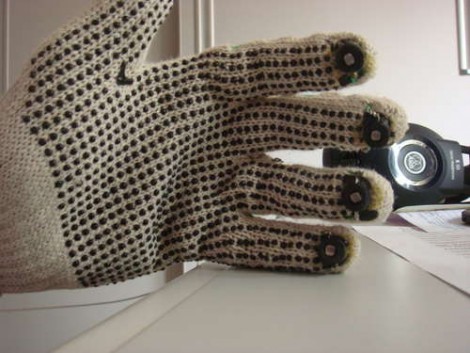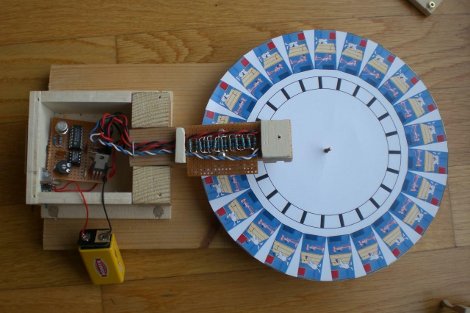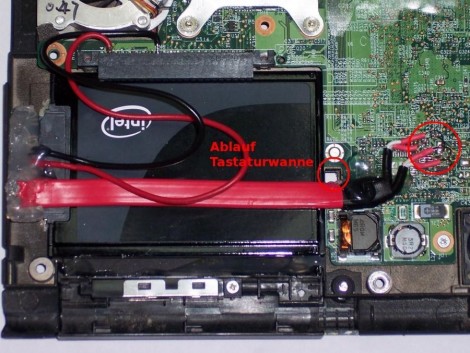
Global CALCnet lets you connect your TI graphic calculator to the Internet and use your favorite services like instant messaging and Internet relay chat. It also provides the option of worldwide multiplayer functionality for games ported to the device such as Scorched Earth and Tetris. We looked in on [Christopher Mitchell’s] CALCnet in December when it was being used to create local area networks with the adding machines. He’s taken that up a notch with a helping hand from Arduino. An Arduino board is used to connect the serial communications from the calculator to an Internet connected PC via the Arduino’s USB capabilities.
Think this will waste a lot of time in schools? Unlikely since an Internet connected computer is integral for this system to work. If you have a computer in front of you why waste time on the calculator network? Still, how hard would it be to build a WiFi module that can directly connect them to an access point? That may be a moot point as the Slashdot article that pointed us to global CALCnet also links to a calculator port of DOOM. It runs quite well, as you can see in the video after the break. This is a must-have for anyone owning a TI Nspire that can run it.
Continue reading “Global CALCnet: Your TI-83 Just Acquired Internet”
















